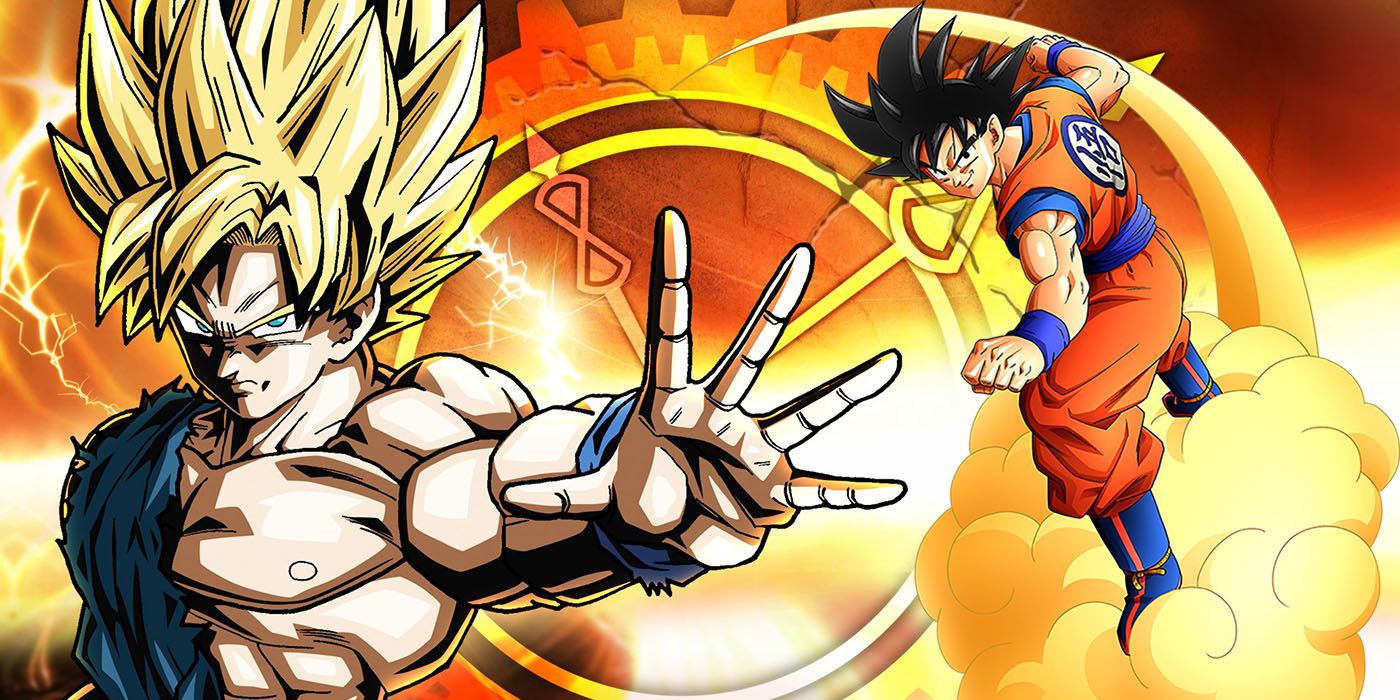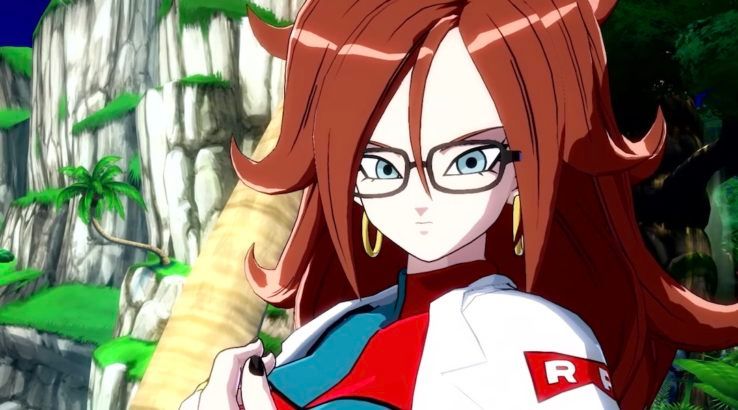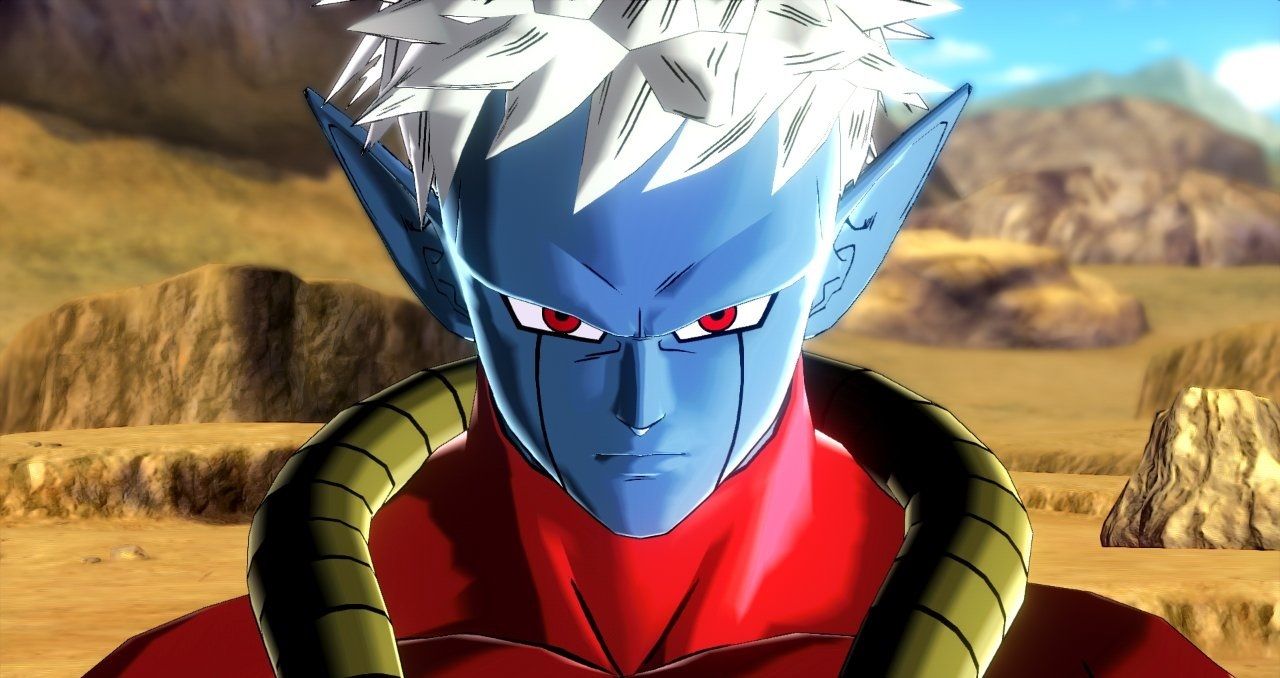Through Dragon Ball Z: Kakarot, players will see retcons or fixes made to the overarching DBZ canon, yet canonicity is something that is often heavily debated. Many may see this as just another telling of the franchise's storyline, while others see it as a way of addressing canon without just offering detached explanations. That's further complicated when one considers difference in some franchise's video game canon as opposed to the canon of its core content, but simply put, Dragon Ball Z: Kakarot is a simple enough game that viewing it as canon is mostly innocuous. NOTE: This article contains MAJOR SPOILERS for Dragon Ball Z: Kakarot.
However, there are several moments in which case the game seemingly deals directly with matters of canon, such as Launch. Many may recognize her from the original Dragon Ball anime, but she quickly disappeared in DBZ, leaving many to wonder where she went. The game offers an explanation in that she was almost endlessly searching for Tien. Then, there's also the case with Piccolo, in which Dragon Ball Z: Kakarot states that he did not blow up the moon, he just created an illusion to hide it. Still, these moments are small apples compared to how DBZ: Kakarot seemingly brings both Xenoverse and Dragon Ball FighterZ in the franchise's existing canon.
For Dragon Ball FighterZ, the game brings Android 21 into the fold. It's unlikely that she's actually an android and far less likely that she has Majin attributes at this moment in the game, so at first glimpse, this mostly seems to be a form of acknowledgement. Even later on, when players see her popping up across the map completing some form of research, the interactions are not indicative of anything like Android 21-related Dragon Ball Z: Kakarot DLC. She's just an assistant to Dr. Brief here, but in context of Xenoverse's role in the game, it could be something bigger.
Dragon Ball Z: Kakarot features a secret boss fight against Mira, one of the antagonists of the Xenoverse series. Many know that he's not a canonical character, having never appeared in the anime before, but he he does in this new DBZ game. Now, what's worth noting is that Towa's comments about Mira's revival squarely lands their role in this game as happening between Xenoverse and Xenoverse 2, as he needs to gather power and be revived at the end of Xenoverse and returns even stronger in Xenoverse 2. And then, once he is defeated, they leave to go to another timeline in order to gather more power. This mention of a timeline is what could bring everything together.
Intricate timelines are nothing new to DBZ, as the Cell Saga features 3 different timelines that go hand-in-hand, as well as Future Trunks in both DBZ and Super. At the very least, the anime identifies these three timelines: the present (as meddle with by Future Trunks), Future Trunks' timeline (where everyone has died), and the Cell kills Trunks timeline (where Cell then travels back to the present). Yet, Mira's inclusion here potentially brings two more timelines into play: The Xenoverse timeline (ignoring its own weird rules about traveling through time), and The Android 21 timeline.
Towa's comments make the existence of the Xenoverse timeline seem highly likely, but if alternative timelines are being broached as canon, this may also explain Android 21's behavior. In this timeline, she is completely harmless, having not undergone her initial transformation. This could imply an Android 21 timeline where she does, as since she exists in this timeline, she could easily exist in others in a completely new way.
Furthermore, it's worth mentioning that both Mira and Android 21 were ultimately designed by Akira Toriyama, the original creator of Dragon Ball. It would be one thing if these were completely original characters who were added to the game for something brand new, but introducing two characters designed by Akira Toriyama in a game that lives, breathes, and addresses DBZ canon makes it being unconnected far less likely.
As such, it seems clear that Dragon Ball Z: Kakarot deals directly with matters of canon and brings Towa, Mira, and Android 21 into a more canonical environment. Even if it doesn't go further than this, and it doesn't seem likely that it will, it turns this latest RPG into a proper home for all of Toriyama's creations.
Dragon Ball Z: Kakarot is out now for PC, PS4, and Xbox One.



